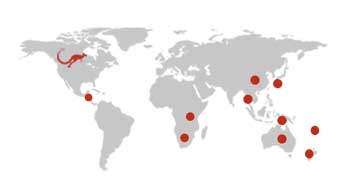Serene, laid-back, captivating – the breathtaking island state of Tasmania (affectionately known as “Tassie) is one of Australia’s best-kept secrets. From powder-white beaches and lush rainforests to gorgeous alpine peaks and rugged coastlines, Tasmania offers a diverse wildlife experience and natural beauty that’s hard to beat.
As you browse through Tasmania vacation packages, check out our top things to do when you land in this untouched paradise.
Cradle Mountain
As a World Heritage Area and the 6th highest mountain in Australia, Cradle Mountain is a must-do in Tassie. We recommend taking the bus to the last stop at Dove Lake and working your way back down, especially if you start early in the day.
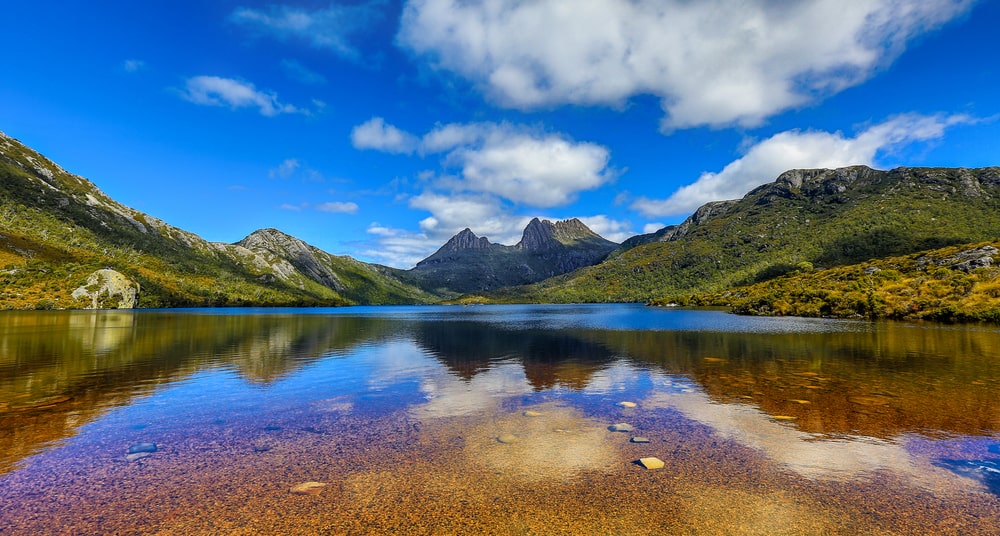
Tips for commuting:
- Park and take the shuttle from the Visitor’s Centre, where there are convenient washrooms and a café.
- During bus shuttle operation times, there is no private access by road. The roads are narrow, and buses communicate with each other to ensure that they arrive at a point where they can pass safely.
- Dove Lake is the last stop at the top of the mountain.
While at Cradle Mountain:
- A short hike will take you to Dove Lake and its stunning views. There are two routes; take the one to the left as it affords you the best views of the lake. Note that it can get quite steep at the lookout point.
- Ronny Creek stop – This is your best chance to see Wombats, especially on a warm day. Wombats are normally nocturnal, but due to the sun in this valley, Wombats are often seen coming out to graze and snooze in the sun during the day. Once you get off the bus stop, take the walk to the left along the boardwalk. Look up into the hills as well as across the valley.
- Visit the Cradle Mountain Lodge and Interpretation Center, where there are two walks from there: the Rainforest Walk and the Enchanted Walk.
- Rainforest Walk – Starts at the Interpretive Center and takes approximately 25 minutes. This is an all-weather boardwalk suitable for wheelchair access.
- Enchanted Walk – Starts about 30 metres from the Interpretive Center and brings you out near the lodge. The boardwalk and steps take about 45 minutes to complete. There are plenty of child-focused educational activities on this walk.
Note: These walks are through the rainforest, so it is much cooler and, therefore, less likely to see Wombats earlier in the day.
Devils at Cradle Sanctuary
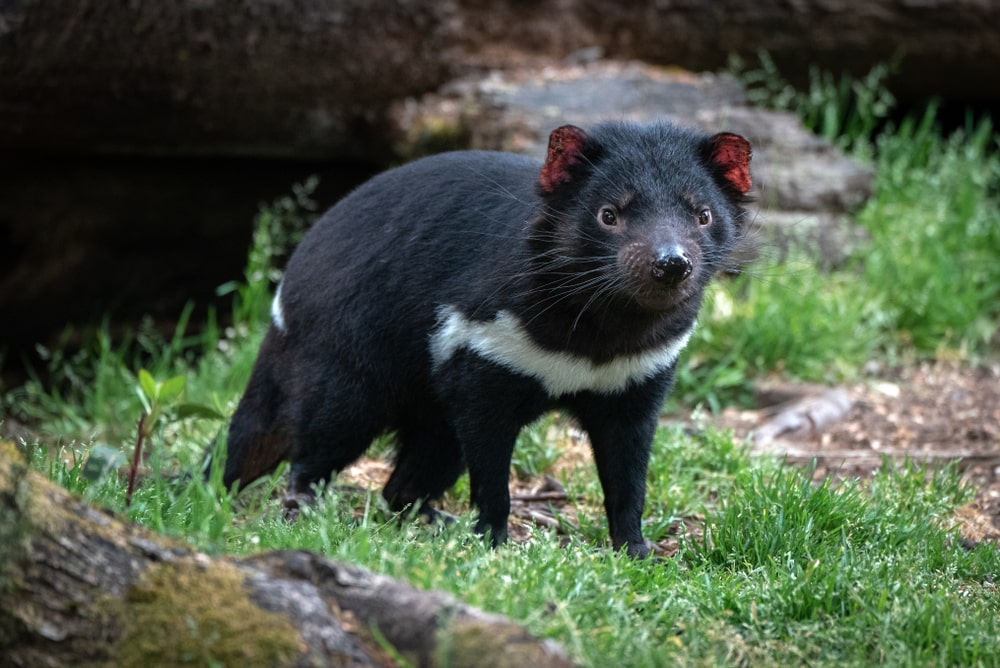
Located 5 minutes from the Visitor’s Centre on the main road, the Devils Sanctuary is a world-class wildlife conservation facility. While the sanctuary has a number of different animals, its focus is on rescuing, breeding, and releasing the endangered Tasmanian Devil that calls Cradle Mountain home.
You can wander through the sanctuary or join a guided tour, including day keeper tours that let you in on the daily operations and after-dark feeding tours in the evening. Learn all about the infamous Tasmanian devil, the current threats that endanger them, and the sanctuary’s conservation efforts.
Deloraine
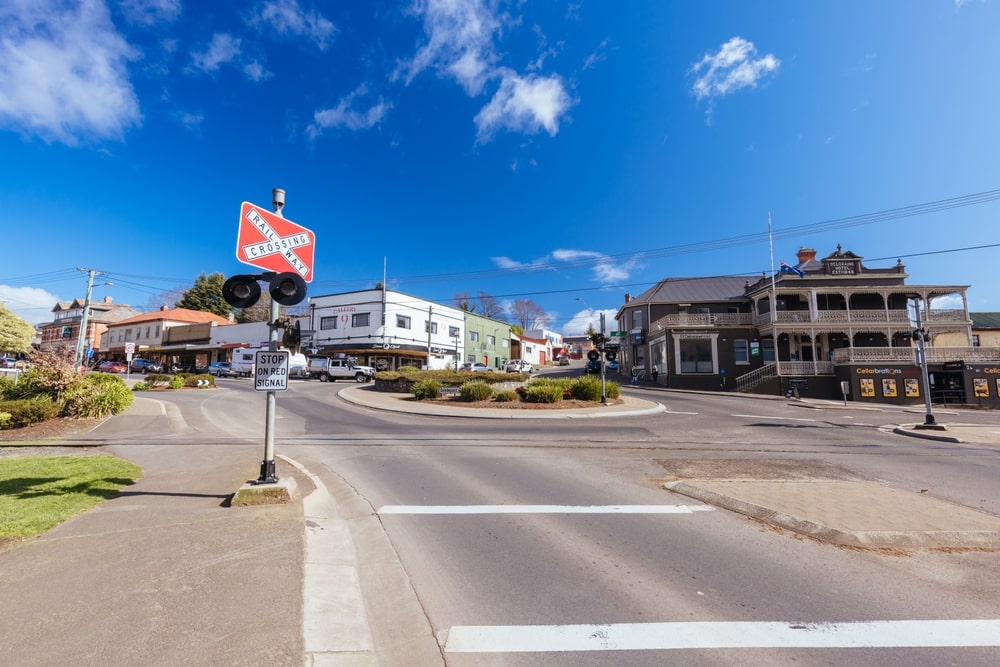
Deloraine is a historic town on the Meander River in the central north of Tasmania. It sits 50km west of Launceston and 52 km south of Devonport along the Bass Highway. A 15 minutes drive from Hillwood Berry Farm, Christmas Hills Raspberry Farm, and 41*South Salmon Farm, and an hour drive from Cradle Mountain.
The region was explored in 1821 by Captain Roland, who was searching for farmland. The land was granted to new settlers, and the town is now a major agricultural centre with a large number of farms of all types in the area. Deloraine is named after a character from the poem The Lay of the Last Minstrel, written by Sir Walter Scott.
As rural Northern Tasmanian Towns go, Deloraine is at the top of the list as one of the most beautiful and peaceful. You can walk along the river bank and see a number of water birds, and pause at the small waterfall and weir near the bridge. A historic train that passes through the town adds to the quaint, cozy atmosphere.
We recommend staying at the Empire Hotel:
- Situated in the heart of the town
- Breakfast included
- Free WiFi
- Features Tasmanian timber décor and ornate Victorian charm
- Onsite restaurant serving modern Australian cuisine
- A cozy café and a horseshoe bar with a cozy open log fireplace
One evening a week, the owner of the pub will take you to the river where you can see birds, but also the possibility of a platypus in the wild. While you don’t need to be staying at his hotel for the tour, if you are and you specifically request a tour, he will take you on a private tour. He is incredibly passionate about his town.
Sheffield
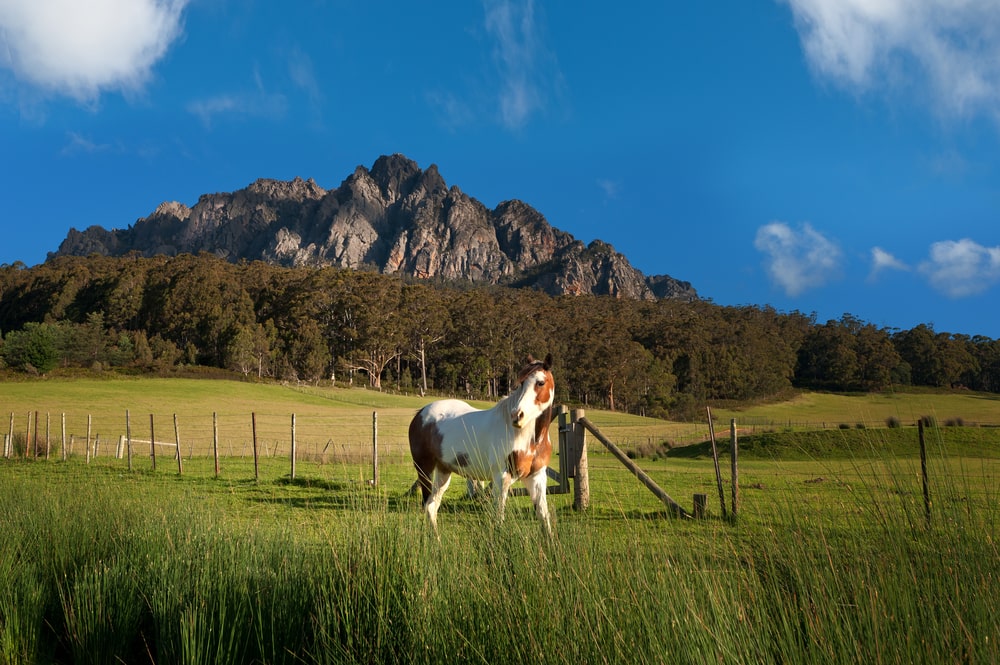
A town 23km inland from Devonport on the northwest coast of Tasmania, Sheffield has long been the rural hub for the Mount Roland area. What makes it special is the number of murals displayed on the town’s buildings depicting rural life in Tasmania. It is worth stopping and having a walk through the town to see them.
Lillico Beach
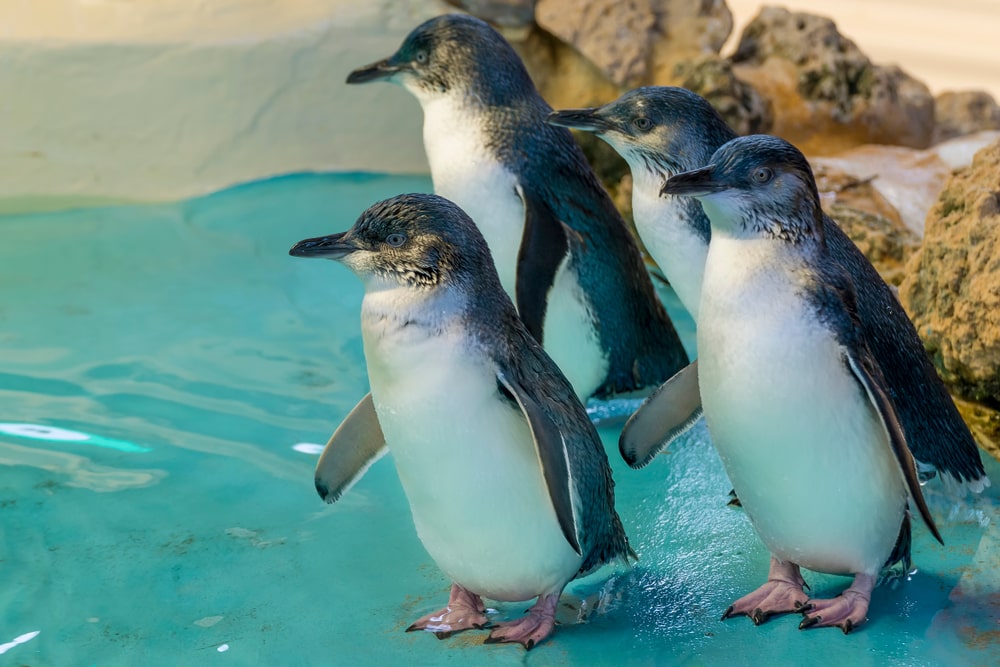
A small penguin reserve located ten minutes west of Devonport, this coastal strip is home to a colony of Little Penguins – known as the world’s smallest penguin at only 2 lbs! The conservation area is run completely by volunteers. There are times of the year when there are no penguins, as this small colony appears to be a breeding colony only.
Penguin viewing typically runs between September to April. The experience is free, with optional donations to help the conservatory. See the cute little penguins for yourself and watch the birds return to their burrows every evening.
Railton
A town located 20km inland from Devonport, Railton is quiet, charming, and easy-going. While you’re in town, visit Seven Sheds Brewery, a craft brewery, and mead-making enterprise. Owner Willie Simpson has turned a passion for home brewing along with his partner Cath into one of Tasmania’s best boutique breweries. This small town brewery is mentioned in Lonely Planet, as well as on the Discover Tasmania website.
The brewery is located on a residential street and has become one of the most popular joints in town. Their beer is well-known in the area, and the owners also run a stall at the farmers market in Launceston on Saturday mornings.
Willie is a well-known expert and author on Australian beers and has had a regular column in the Sydney Sunday Morning Herald for many years.
Beauty Point

Beauty Point is a town located by the Tamar River, about 45km north of Launceston. There are two facilities here that both require booking a tour. We recommend booking Platypus House ahead of time.
- Seahorse World – Immersive guided tours and touch pools at an aquarium with seahorses, sea dragons, and other marine life. This is a commercial enterprise which breeds seahorses for Aquariums, Zoos, and Pet Shops. However, they do give you tours of the facility explaining their operation with information about the seahorses themselves.
- Platypus House – Platypus House was established to advance public awareness and understanding of the magic of the monotremes. It is an ideal educational visit for school, family, and community group visits. Watch them actively feeding and playing as you wander through the platypus ponds and echidna garden.
Both animals, for different reasons, are not always easy to view in the wild as they are diurnal/nocturnal – even in zoos and sanctuaries. Both tours are an opportunity to guarantee you do whilst learning why they are so special.
Launceston
The second most populous city in Tasmania after the state capital, Hobart, Launceston is one of Australia’s oldest cities, with many historical buildings lining the streets. Europeans settled in Launceston in March 1806. The city’s claim to fame includes:
- The first use of anesthetic in the Southern Hemisphere
- The first Australian city to have underground sewers
- The first Australian city to be lit by hydroelectricity
- Cataract Gorge & First Basin with an interesting history and the longest single-pan chairlift in the world
Brickendon Estate in Longford
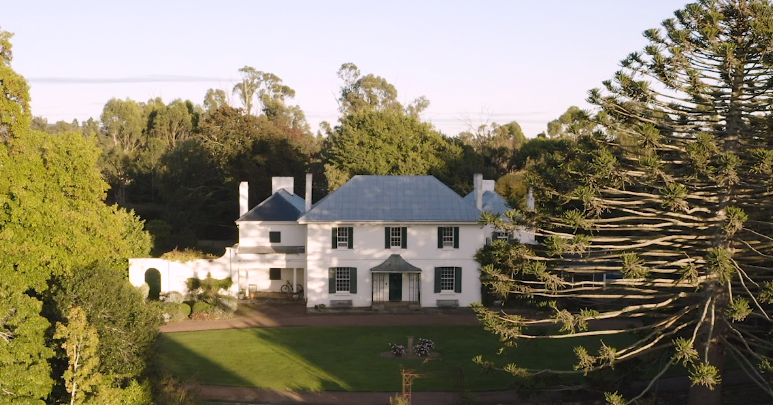
Brickendon Estate is UNESCO World Heritage site and one of the two main ancestral homes (with Woolmers) of the Archer family, prominent local pioneers and politicians. Founded in 1824, Brickendon Estate was one of the first (and most successful) farms in the area. It consists of a village and manor house, as well as a 465-ha (1,150-acre) working farm. The main manor was built in 1829-1830 and has been lived on and operated by direct descendants of the Archer family since it was established. It is still a working farm today.
Brickendon Estate is listed on the Tasmanian Heritage Register and, along with Woolmers Estate, was inscribed onto the Australian National Heritage List in November 2007. The listing demonstrates the estate as being of outstanding national significance because of its close association with the convict consignment system. In July 2010, the estate was included on the World Heritage list as Australian Convict Sites and amongst the world’s “best-surviving examples of large-scale convict transportation and the colonial expansion of European powers through the presence and labour of convicts.”
It is now a popular tourist destination offering farm activities, heritage accommodations, garden tours, and a wedding/function venue.
Narawntapu National Park
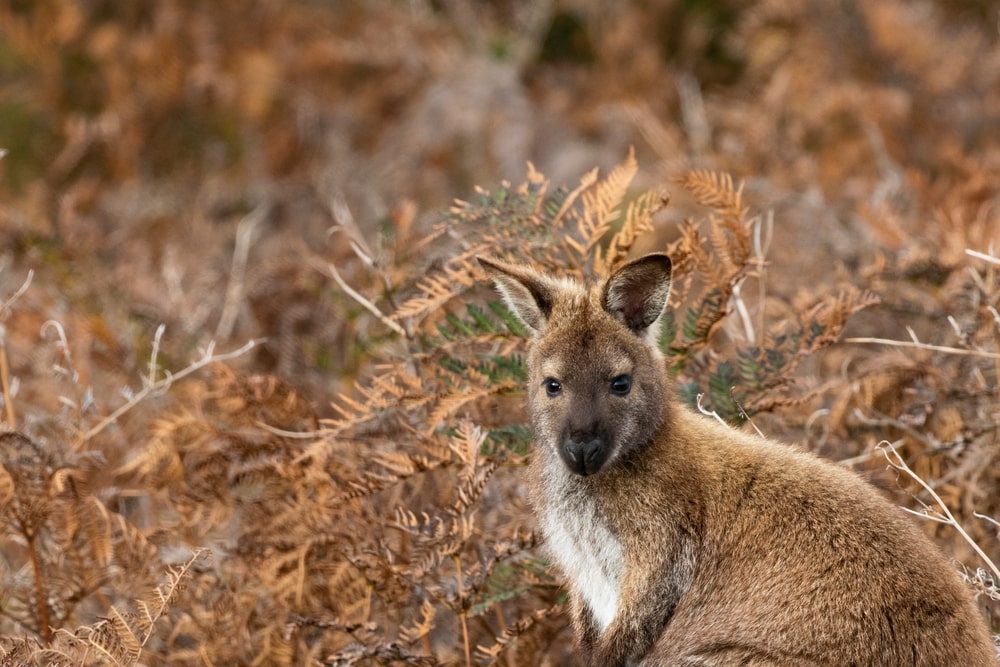
This highly underrated national park lies on Tasmania’s north coast, adjoining Bass Strait, between Port Sorell in the west and the mouth of the Tamar River in the east. It lies about 20 km east of Devonport, 60 km northwest of Launceston and 250 km north of Hobart. It is an ideal location for nature lovers to experience Tasmania’s wildlife in a variety of coastal environments.
Helpful park information:
- The main park entrance and central visitor facilities are located at Springlawn
- There is Visitor’s Centre, a park office, and full picnic and toilet facilities
- The barbecue facilities are free of charge
- There are additional picnic facilities at Bakers Point and Badger Head, and toilets are also available at Griffiths Point and Bakers Point.
We loved the diversity of the landscape with the opportunity to see forest kangaroos, Bennet’s wallabies, and pademelons as well as various birds. Honeyeaters, green rosellas, black cockatoos, raptors, robins, wrens, and fantails all make their home here.
There are both wide open grasslands, coastal heathlands with beach access, wetlands, and woodlands at Narawntapu National Park. You can take various hikes or walks depending on how much time you have. The nature walk located off the campground near the Visitor’s Centre is well worth doing and takes you to a bird hide in unusual wetlands, as well as to the beach.
With its diverse scenery, plentiful native wildlife, and coastal camping opportunities, this understated national park leaves a lasting impression and is said to be the best camping in Tasmania.


